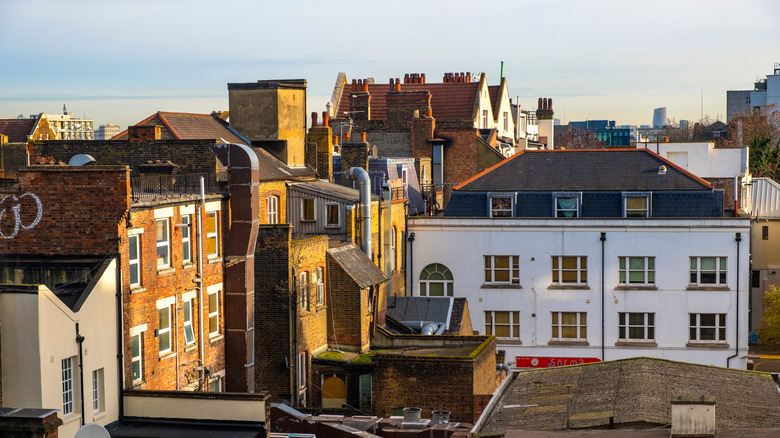The Unsolved Mystery Of The Thames Torso Murders
In 1873, a mysterious murderer began targeting women across England. Over more than 15 years, the killer left chilling evidence of his crimes, covering his tracks on the shores of the Thames.
The Thames torso murderer chose his first victim in September of 1873, according to Whitechapel Jack. Police officers discovered half of a woman's torso covered in mud along the banks of the Thames river in London. The longer they looked for body parts, the more they found, discovering the other half of the torso, lungs, and later, a face and scalp throughout the following days. Police estimated the woman was around 40 years old, but none of the dozens of people who viewed the corpse were able to identify her.
In 1874, the Thames torso murderer struck again. The victim was another woman, who was found without a head, feet, or hands. Investigators knew the first woman died by blunt force, but the case went cold after the second woman was also not identified.
New victims but few answers
Then in May of 1887, another gruesome scene was discovered on the banks of the Thames river — a bundle of body parts. According to Casebook, for weeks after, more limbs washed up on the river, allowing police to slowly piece together the third victims' body. In 1888 in Whitehall, two right arms and shoulders were found in the river, and a construction worker found a torso in an unfinished vault. Remains showed up at the future site of Scotland Yard, the police headquarters.
The next year, a group of young boys found a woman's arm floating in the river. It was the partial remains of 24-year-old Elizabeth Jackson, who was eight months pregnant at the time of her death (per My London News). Exacerbating matters, the killer threw body parts onto the estate of Mary Shelley, the author of "Frankenstein."
The final suspected Thames torso murder victim was discovered under a bridge in 1889. Police Constable William Pennett was shocked to find a torso with arms located under a railway arch on Pinchin Street in Whitechapel, according to Casebook.
Was the Thames torso murderer one killer, or several different people? Experts disagree, and the uncertainty surrounding the victims and evidence makes it hard to be sure. Investigators thought that the killer had a medical background, and suspected he was either a surgeon or a butcher, according to Casebook. The Thames river murderer targeted English women for over a decade and was never caught.

